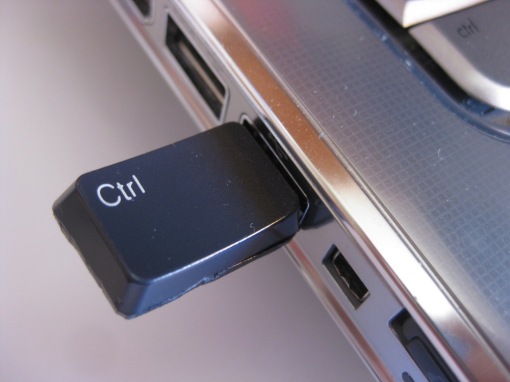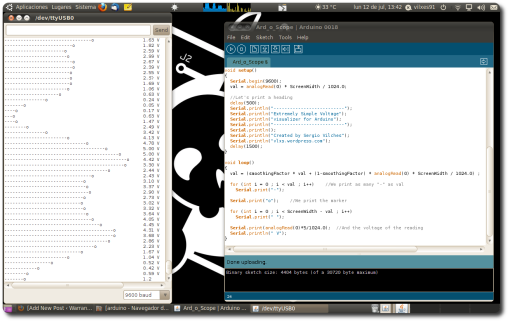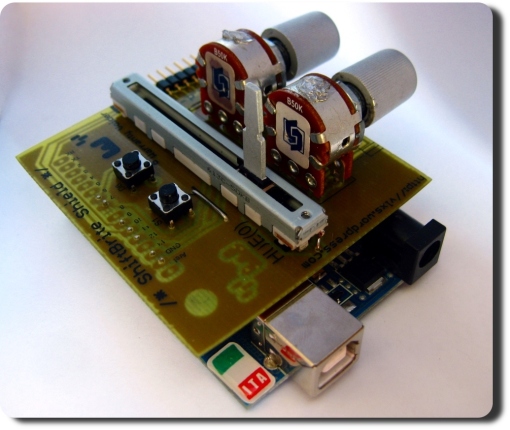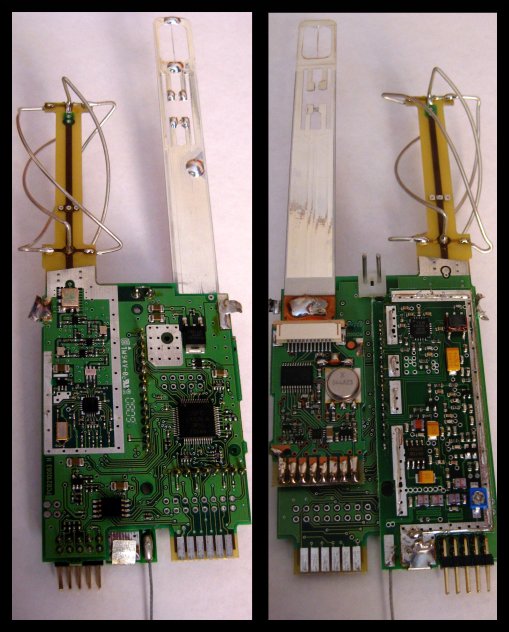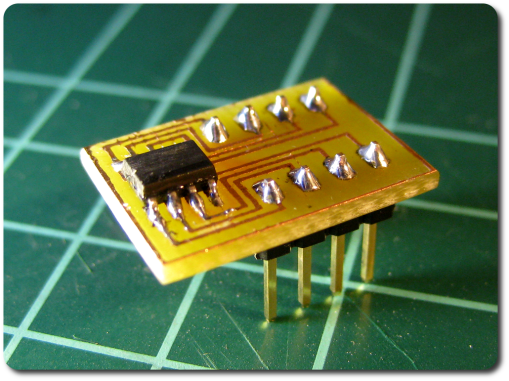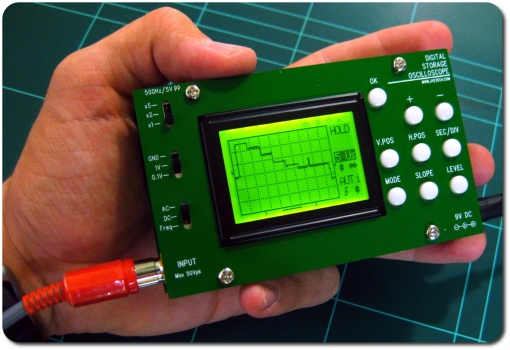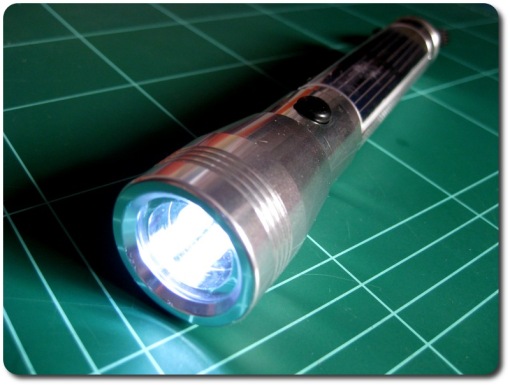 Esta tarde me he dado cuenta de lo que es la ingeniería inversa… Muchos cables, mucha paciencia, y olor a silicio quemado.
Esta tarde me he dado cuenta de lo que es la ingeniería inversa… Muchos cables, mucha paciencia, y olor a silicio quemado.
Un grupo de colegas estamos desarrollando un robot velocista (siguelíneas) para presentar a varias competiciones de robótica. Como base estoy utilizando un pequeño coche RC que tenía cogiendo polvo desde hace 4 años, y que ahora estoy intentando que responda a las ordenes de mi Arduino. Eso lleva un proceso bastante complicado, que va desde meter osciloscopio y voltímetro en la electrónica del coche para ver cómo controlar motores y dirección, aislar los componentes necesarios para su funcionamiento, emular el resto con el Arduino, y luego… quemarlos al conectarlos a un voltaje no muy adecuado (hice hervir un FET al conectarlo a 9V en vez de 6).
Lo que se ve en la imágen es el Arduino con mi LCD shield enviando una señal PWM para controlar la velocidad del motor del coche (el cual está conectado a través de un transistor de 3 amperios). Esta señal se vigila con el osciloscopio, y mientras el polímetro me asegura que no está pasando demasiada corriente por el transistor o motor.
Vamos, que hacer bién las cosas cuesta su trabajo, pero al final arroja resultados.
 After more than half a year from the MadridBot competition, I’ve decided to rescue the documentation and pictures of the robot that we built for a line-following (speed) competition.
After more than half a year from the MadridBot competition, I’ve decided to rescue the documentation and pictures of the robot that we built for a line-following (speed) competition.